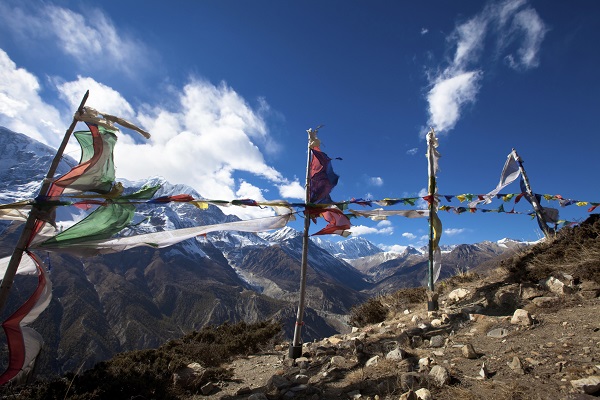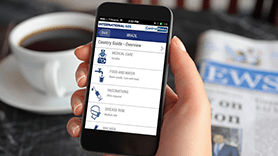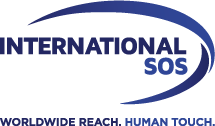Nepal Earthquakes
Key information for medical and travel security. Our clients and members are encouraged to call their nearest Assistance Centre for comprehensive advice and support.
Last updated: 12th May 2015
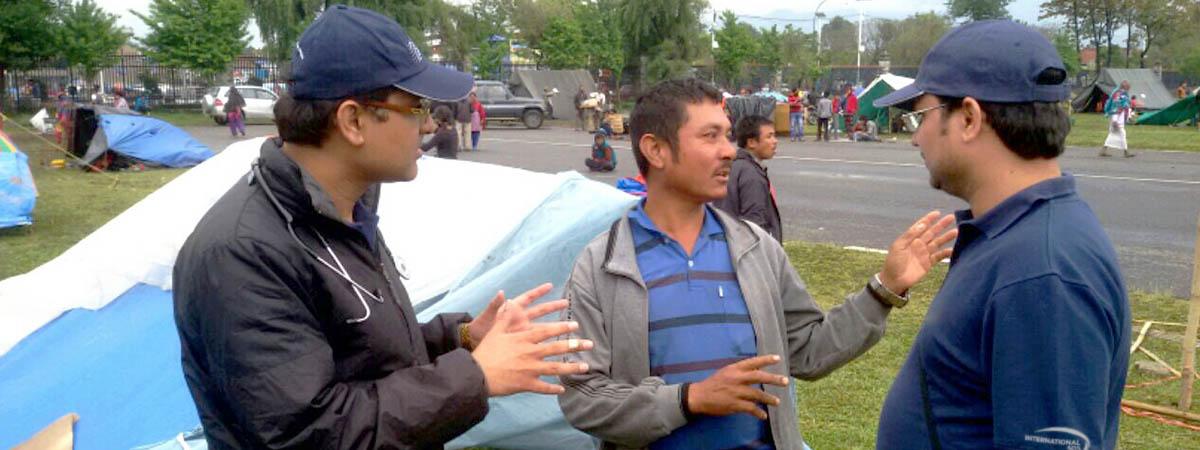
For questions or concerns about developments in Nepal, members are encouraged to call their nearest Assistance Centre. Detailed and regularly updated travel safety information is available via our Member Zone and Assistance App.
International SOS and Control Risks continue to assist clients in the wake of the Nepal earthquakes. The team is supporting travellers, expatriates and others affected in Nepal and surrounding areas.
All directives issued by emergency services personnel, especially with regard to shelter and evacuations, should be followed.
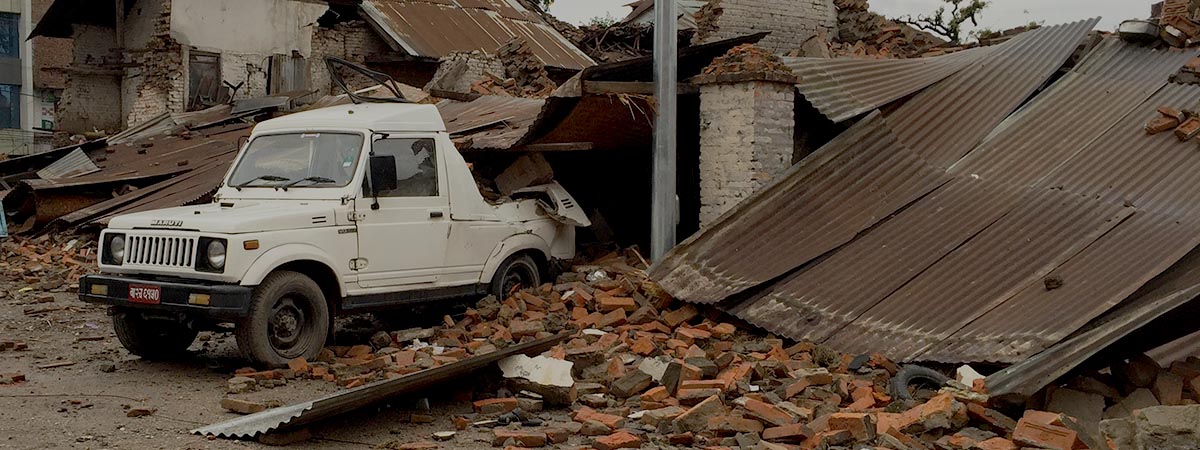
medical information
Prior to the first earthquake, the standard of medical care, hygiene and infection control, and access to quality medications was generally limited.
Immediate dangers
The immediate health risks are safety, shelter, disease and sustenance-related.
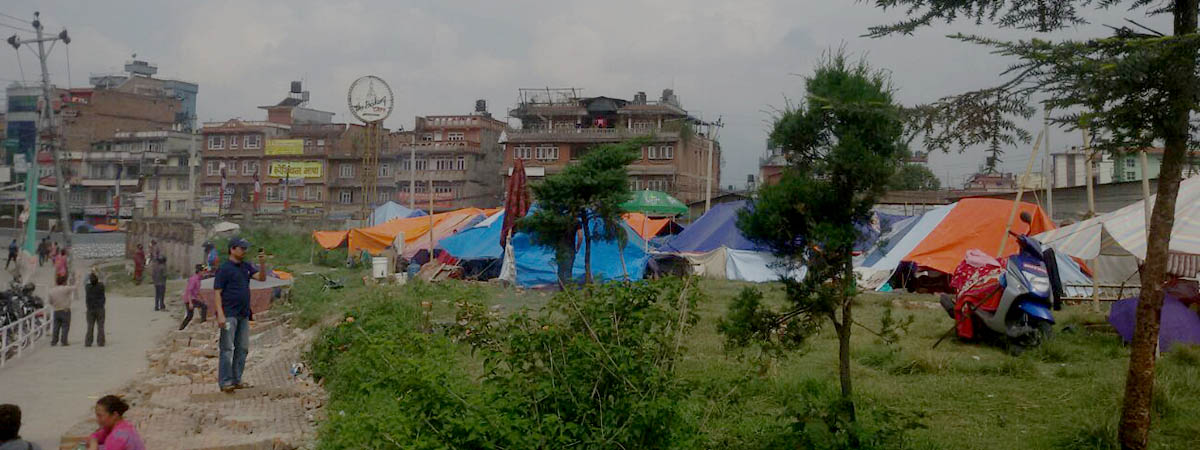
Drinking water and food
Water can become contaminated with microorganisms, such as bacteria, sewage, agricultural or industrial waste, chemicals, and other substances that can cause illness or death. Consider all water systems contaminated. Food storage, refrigeration and transportation systems have been compromised. The risk of diarrhoeal illnesses including cholera is increased. See our fact sheet on safe food and water.

Disease risks
Dysfunctional water and sewage systems make outbreaks of water-borne illnesses such as diarrhoeal diseases, hepatitis A and E, cholera and typhoid more likely. Outbreaks of respiratory infections such as pneumonia may occur after a natural disaster due to poor hygiene and crowded conditions. Outbreaks of vaccine-preventable diseases (such as measles and diphtheria) are also possible due to overcrowding and low vaccination rates among the population. Rabies is a health risk. Displaced animals may revert to wild-type behaviour and form packs. Also, a lack of food and shelter may make them more aggressive than usual. Malaria is present in Nepal - at altitudes lower than 2,000 metres (6,562 feet). Japanese encephalitis is present in southern lowlands (Terai). Dengue fever is a risk, including in Kathmandu.
For those who will deploy to Nepal to support relief efforts, it is essential to see a travel health specialist before going to Nepal to have a risk assessment and receive personalised recommendations on how to protect your health.
Vaccinations:
- All routine vaccinations should be up-to-date. This includes diphtheria, tetanus, polio, measles mumps rubella, chicken pox, and influenza.
- Additional recommended vaccinations: Typhoid, hepatitis B, and rabies.
- NOTE: Yellow fever vaccination is required for all travellers arriving from a country with a risk of yellow fever transmission.
- Consider the following vaccinations: Cholera, Japanese encephalitis (only if you will be in southern lowlands).
Other preventive measures:
- Take steps to prevent mosquito bites: Use an effective insect repellent, wear light coloured clothes that cover arms, legs and feet, as much as is practical. Consider sleeping under a bed net.
- Discuss malaria preventative medications with your travel medicine consultant, and consider carrying standby emergency treatment.
- Consider carrying medication for management of diarrhoea e.g loperamide and an appropriate antibiotic, which can be used under medical supervision.
- Consider carrying your own water purification supplies.
See our fact sheets for: Avoiding Illness, Avoiding Injuries and Disaster Preparation Supplies.
travel security information
Prior to the first earthquake, politically motivated shutdown strikes and demonstrations were the primary security concerns.
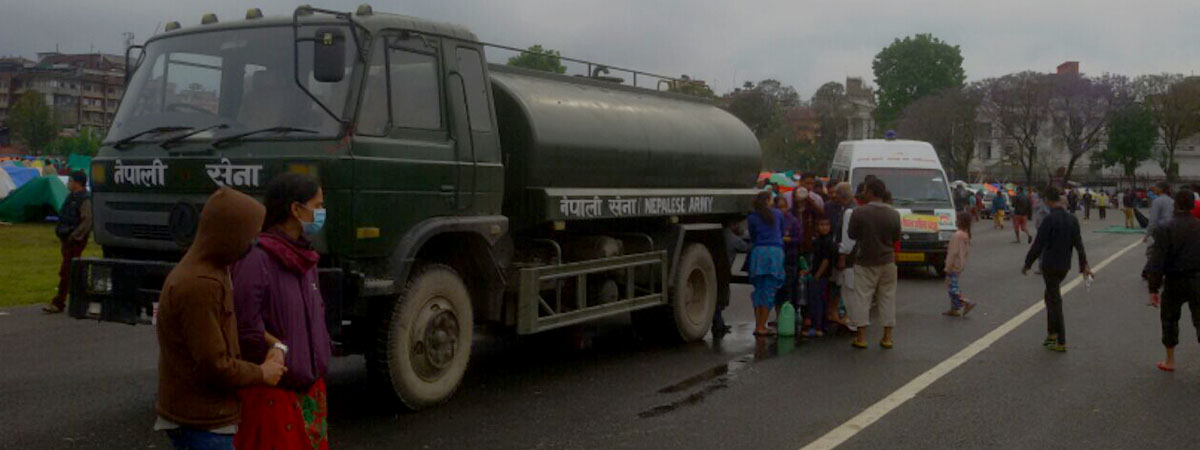
Travel disruption
Travel to airports should only be undertaken after the status of routes is established and airline reservations are confirmed.
Overland travel should not be considered where the local infrastructure has been affected. Roads may be congested with buses, military and aid vehicles. In addition, landslides and avalanches are a risk in some areas.
Travel along high-risk routes should only be conducted with a trusted logistics provider or with government-sanctioned transport. Such travel should be conducted where there is certainty in the current status of the route and with consideration to emergency response protocols for potential incidents, such as vehicle breakdown and blocked roads. All movement should be conducted in daylight hours only.
Our clients and members are encouraged to call their nearest Assistance Centre for comprehensive advice and support.


